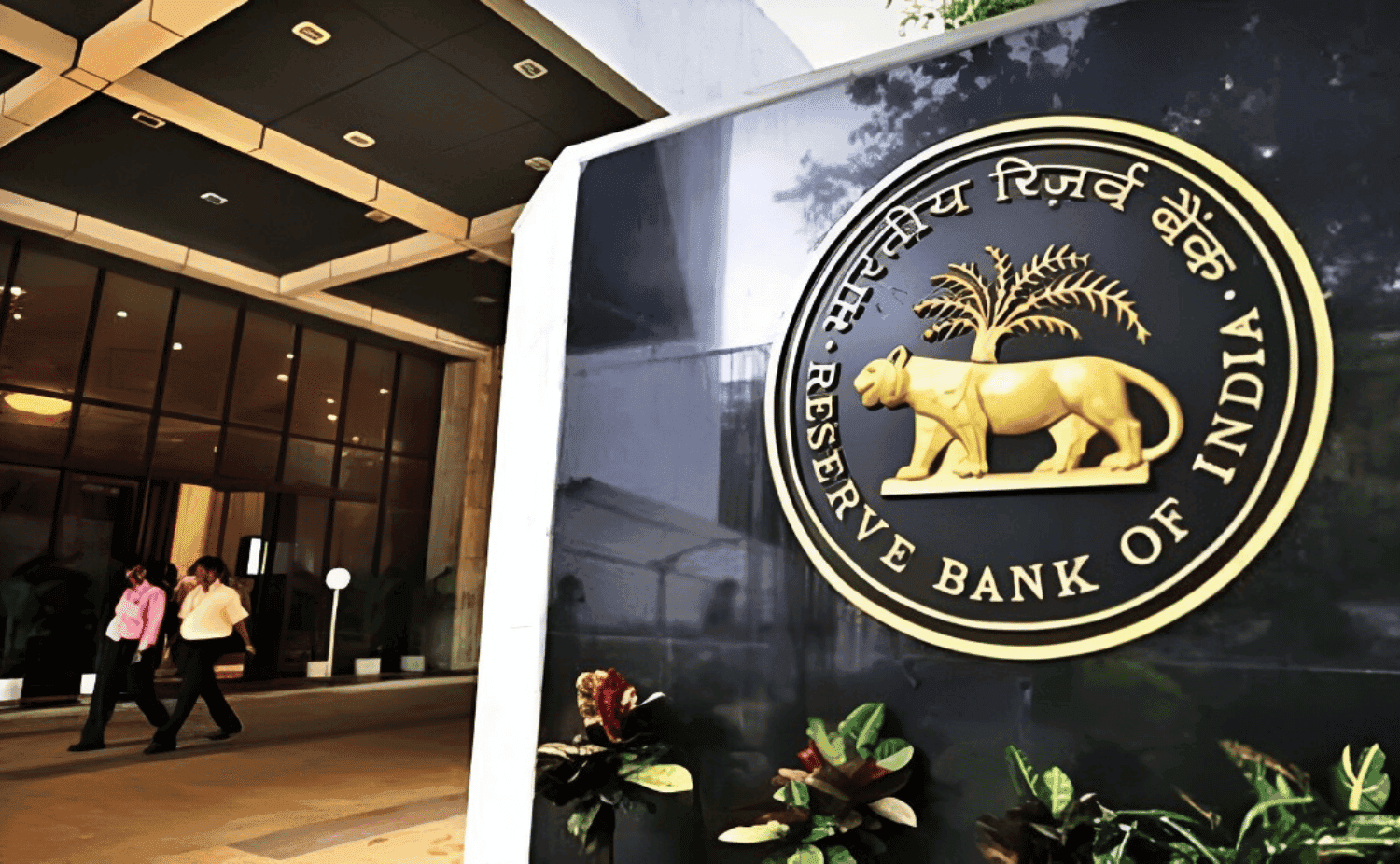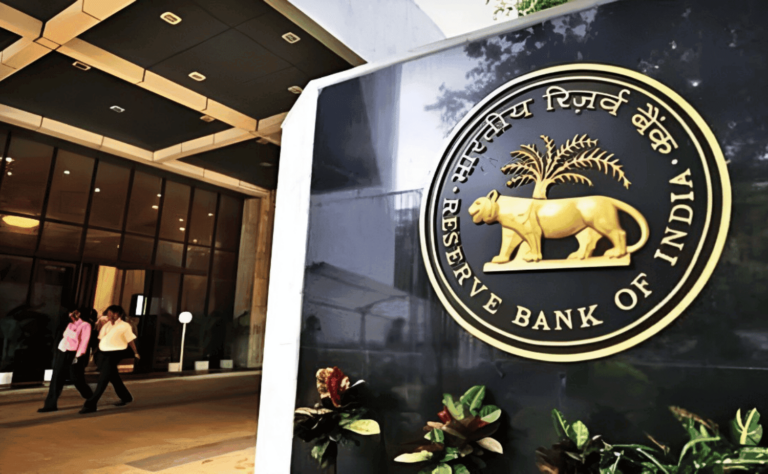Today, 8th Feb 2024, the Reserve Bank of India (RBI) Monetary Policy Committee (MPC) held rates steady, a move in line with market forecasts. However, Prof. Varma’s vote for a rate cut brought a surprising twist. This is the sixth consecutive time that the policy rates remained unchanged. Further, this being 1st policy meeting for the year 2024 and also after the interim budget presentation, the market was more looking forward to any dilution in the stance of policy, given the context of softer than expected recent CPI prints and the government’s commitment to significant fiscal consolidation in the recent interim budget. In our view, the overall policy outcome is not isolated; rather, it resonates with global counterparts, as reflected in the recent monetary policy statements from the Federal Reserve’s (FOMC) statement dated 1st Feb 2024 and the European Central Bank’s (ECB) statement dated 25th Feb 2024. Let’s connect the dots and decode the RBI’s monetary policy and global trends.
The tone of the speech emphasizes the need for continued monitoring of inflation dynamics, especially considering the uncertainties in food prices and the potential impact of geopolitical factors on supply chains. The RBI remains committed to the goal of stabilizing and lowering inflation to the target of 4%, but the language suggests a preference for a gradual and calibrated approach. Overall, the RBI’s cautious tone suggests a preference for stability and a watchful approach to future monetary policy decisions.
RBI’s forecasts were largely in line, and are summarised below:

Equity Investors:
The RBI, along with the Federal Reserve and European Central Bank, advocates a patient approach, prioritizing robust economic growth over immediate inflation concerns. This shared template suggests a conducive environment for equities. With interest rates remaining stable though at an elevated level, the prospect for stocks in the medium term appears more attractive compared to fixed-income investments. While global uncertainties pose risks, overall optimism for equity investors stems from a positive economic outlook. However, investors should be mindful of the current overvaluation in certain pockets of the equity market.
Debt Investors:
The near-term signals from the RBI and other central banks indicate stability for debt market investors, albeit at elevated interest rate levels. The RBI’s decision to maintain rates aligns with the current stances of the FOMC and ECB, suggesting that yields on fixed-income instruments will remain steady, ensuring predictable returns for new investors. This not only provides stability but also allows investors time to gradually position their investments. From the long-term perspective, the current period seems opportune as central banks globally indicate the end of rate hikes. Nonetheless, the persistent risk of inflation, especially for existing investors, remains a concern. Prospective investors can bolster their success by adopting a barbell strategy, strategically combining short-term and long-term investments with a higher focus on duration enhancements.
Borrowers:
Existing borrowers can breathe a sigh of relief, as stable interest rates mean unchanged Equated Monthly Instalments (EMIs). However, the RBI’s commitment to controlling inflation indicates a cautious approach. New borrowers should carefully assess their financial situation, considering the near-term concerns about inflation. The impact on EMIs is expected to be relatively neutral, given the central banks’ focus on maintaining stability.
Conclusion
In the intricate dance of central banks, the RBI’s recent decisions align with global counterparts, emphasizing a balanced stance. For equity investors, the scenario is conducive. Debt investors can expect stable yields but should be mindful of inflation risks. Borrowers, both existing and new, can navigate the current landscape with a degree of assurance. As these central banks navigate uncertainties, investors and borrowers alike must stay attuned to the evolving economic dynamics shaping their financial horizons.




